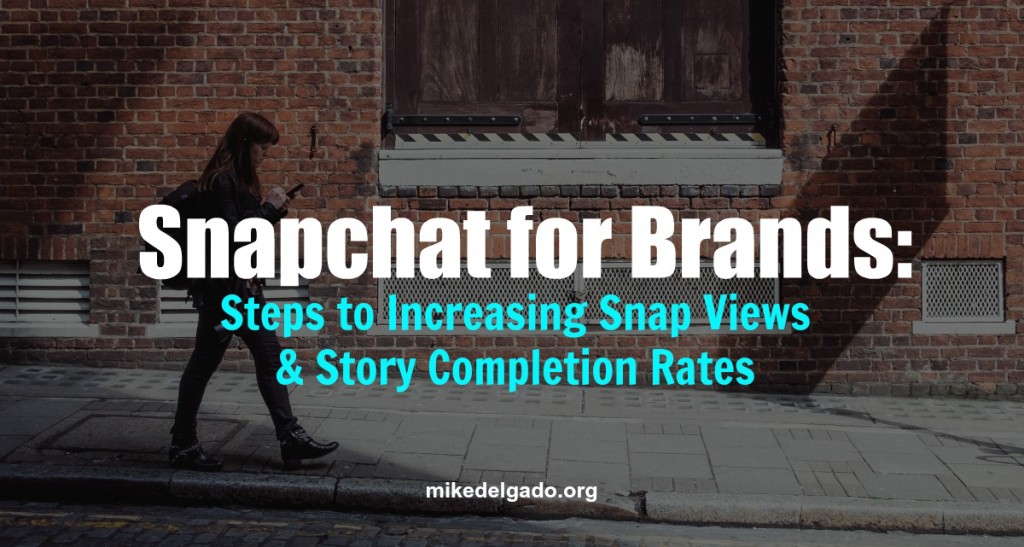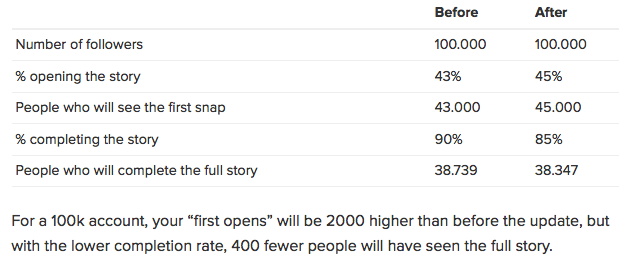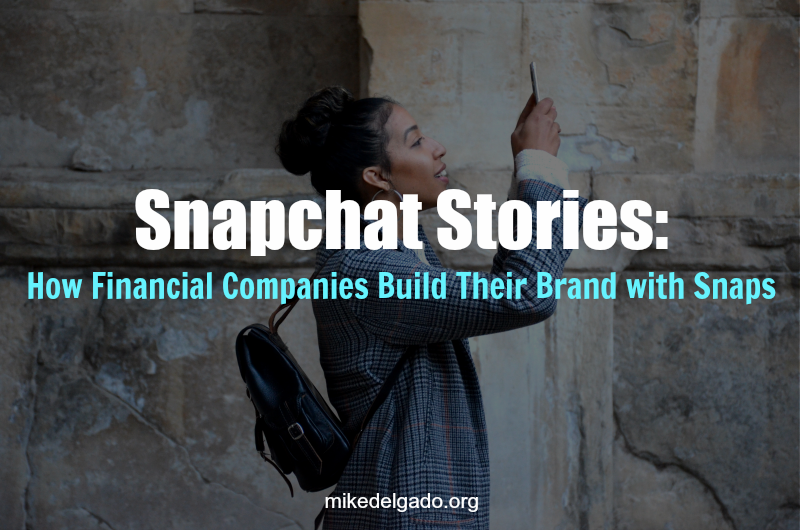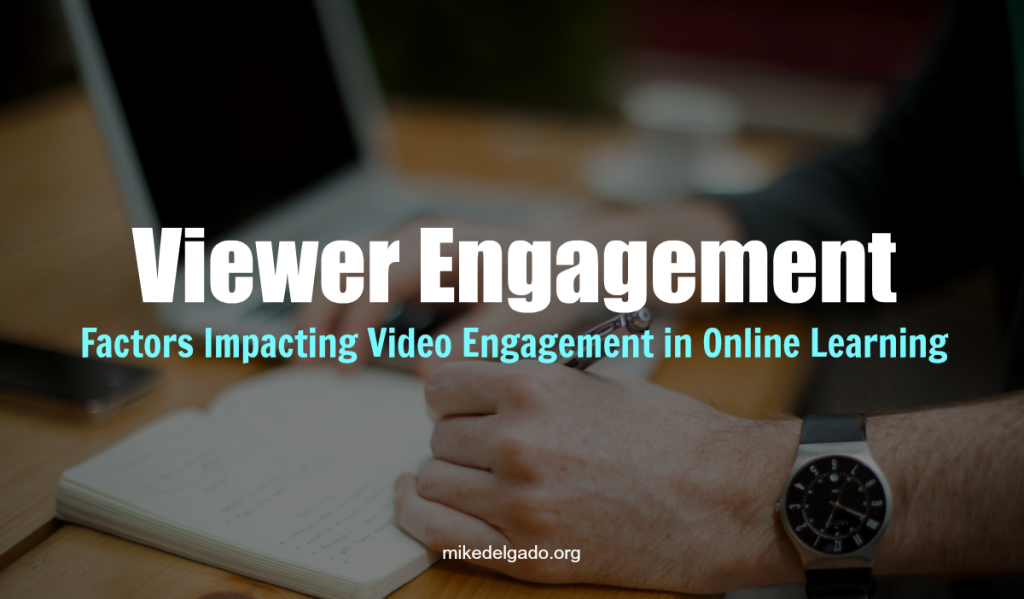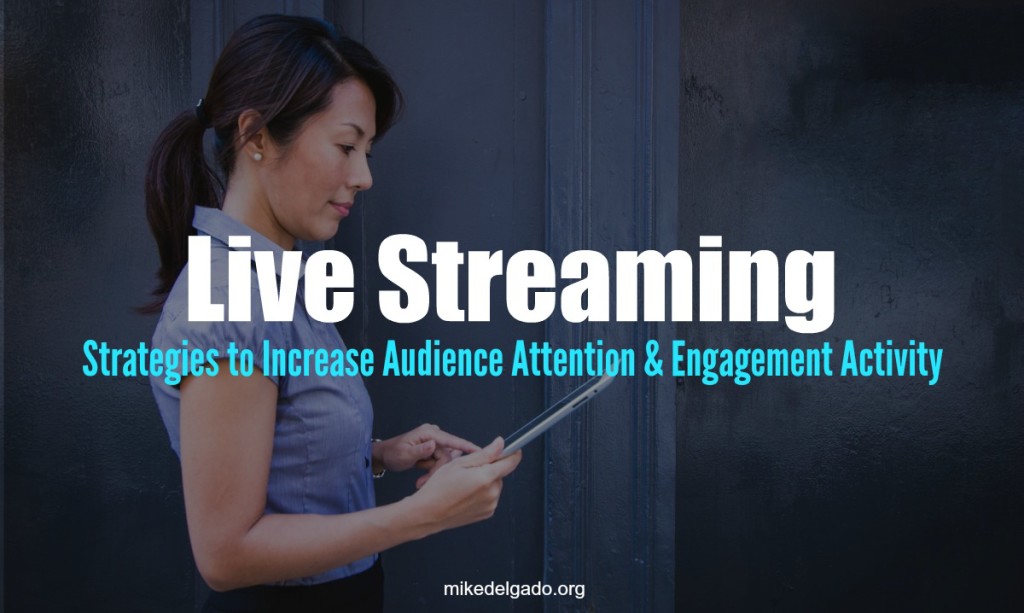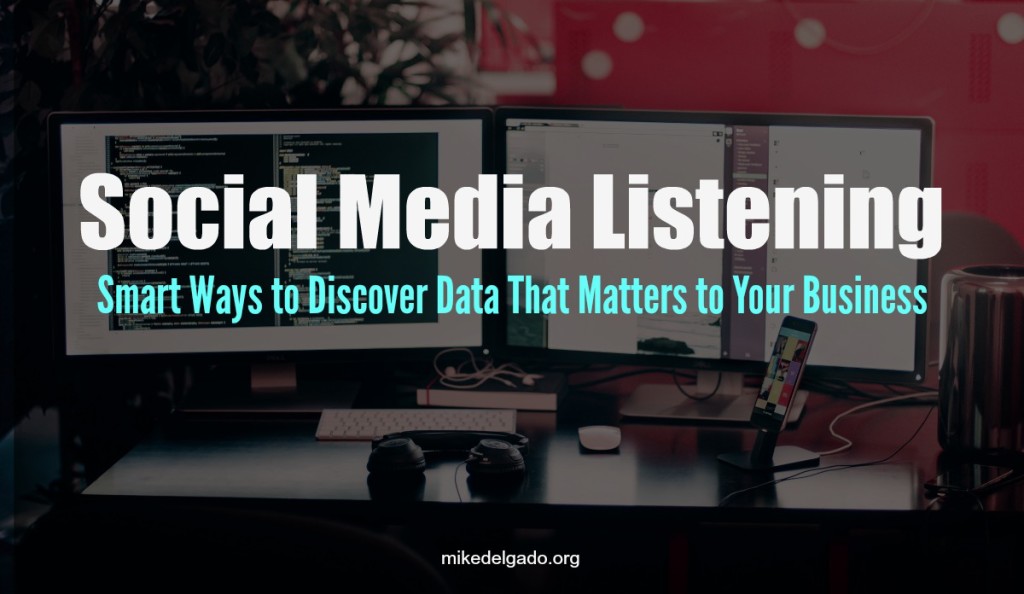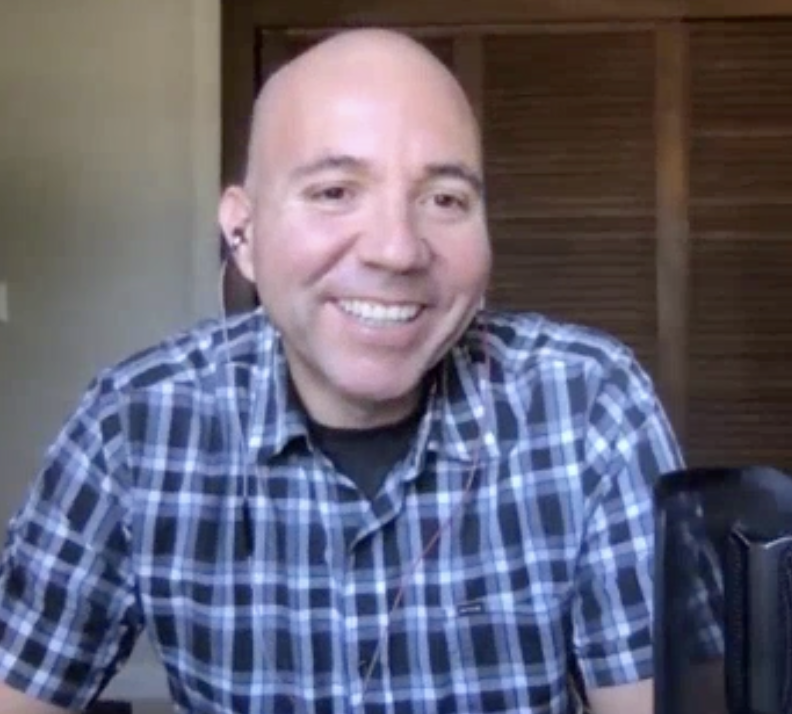Snapchat for Brands: Strategies for Using Snapchat Memories to Build Community, Scale Snap Activity & Improve Branding
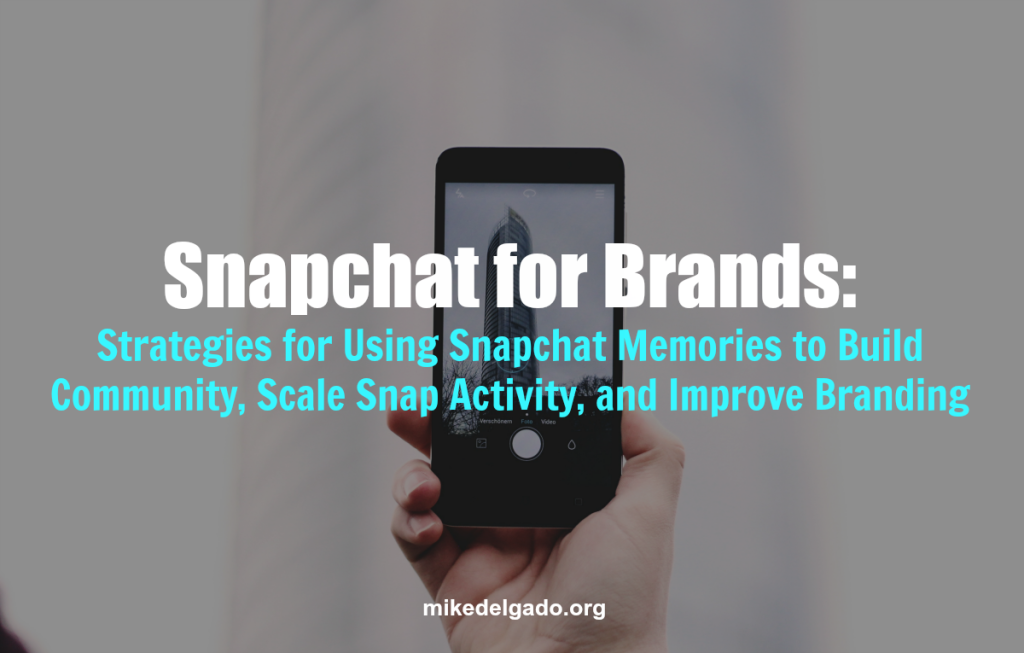
The announcement that anyone can now upload photos and videos from your phone’s camera roll might annoy some (who prefer the organic feel of Snapchat) — but could be a huge benefit for brands who have strict rules around content and needing various types of approvals before posting.
Personally, I like the organic nature of Snapchat — and hope Snapchat Memories won’t be abused. I’d hate to see Snapchat become streams of enhanced images and videos (a la Instagram).
Wittenau Snapchat Memories should not replace your brand’s in-the-moment snap strategy — only enhance it.
Here are 5 ways brands can leverage memories:
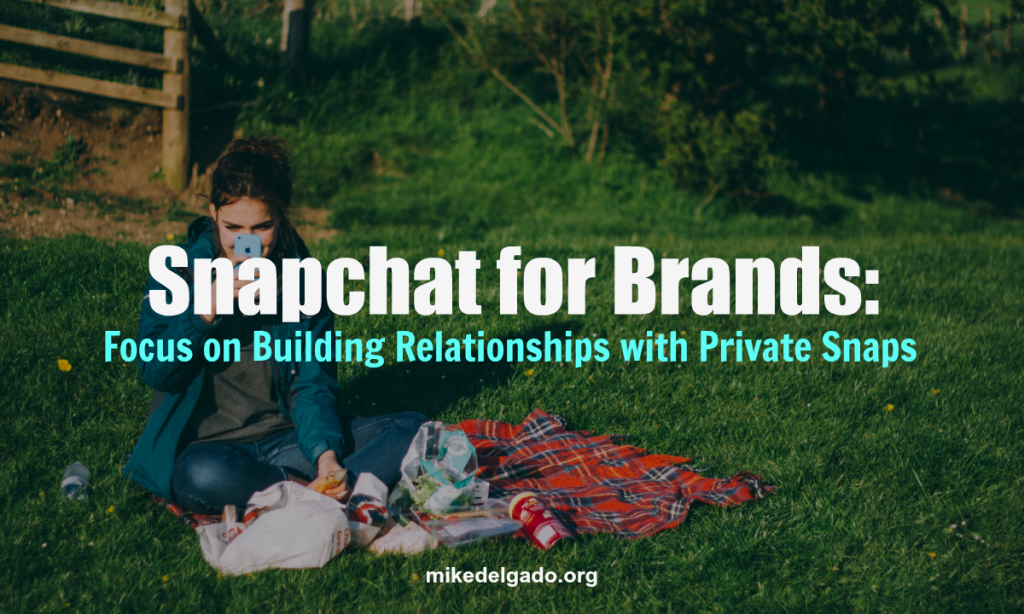
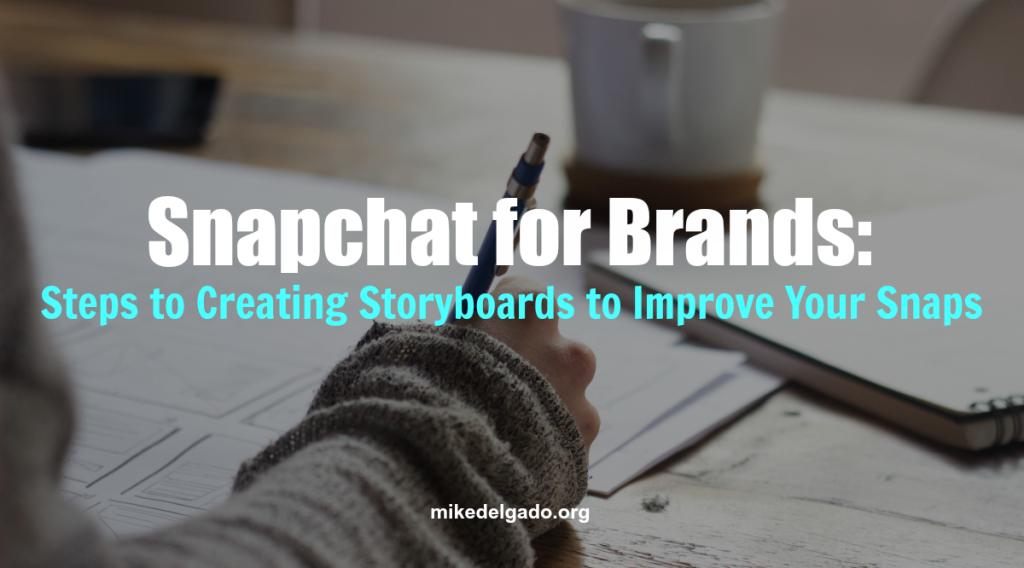
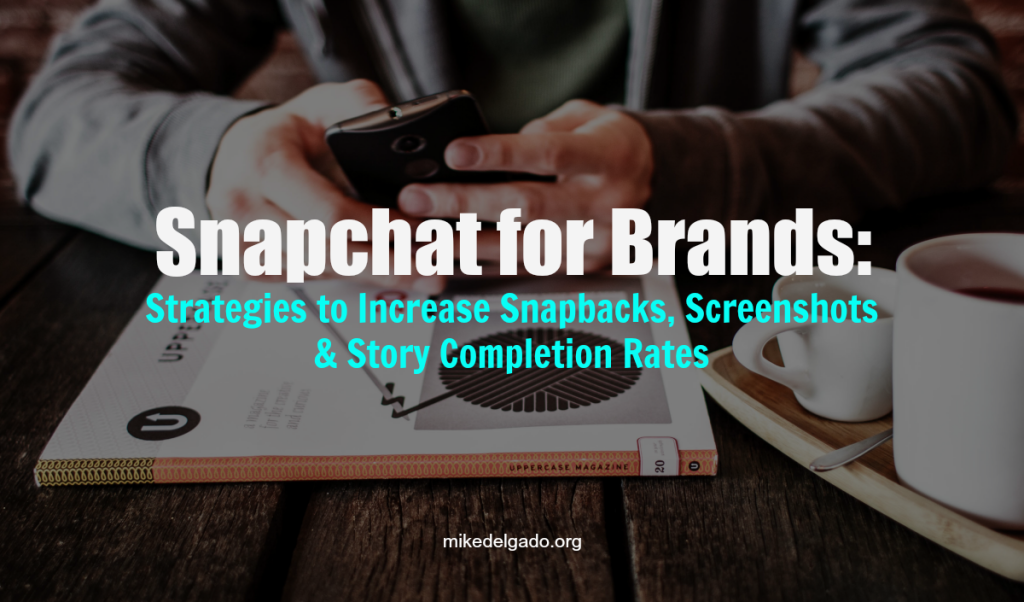
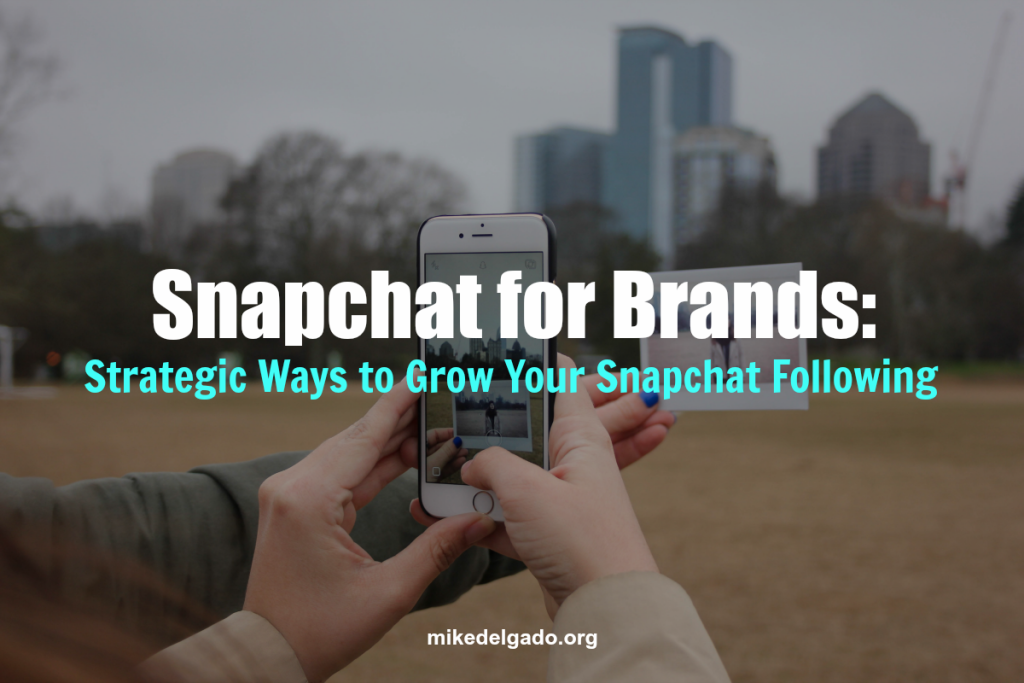
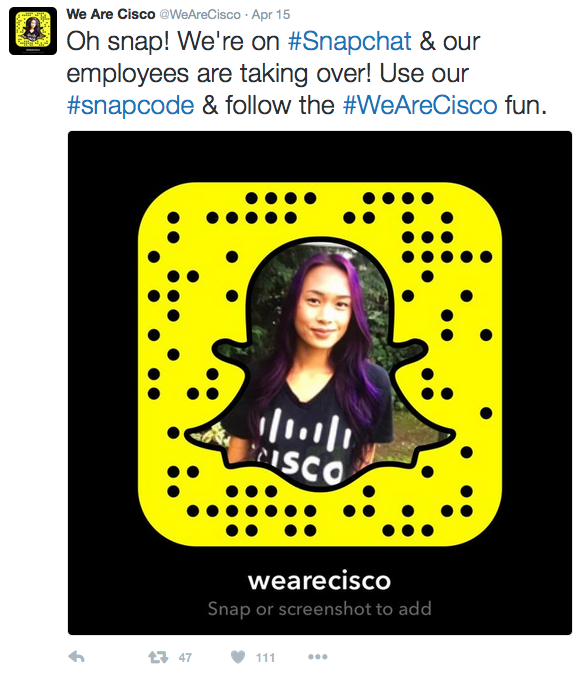 Whenever you launch a new social profile (or seek to grow awareness of another social channel), you need to let your fans know.
Whenever you launch a new social profile (or seek to grow awareness of another social channel), you need to let your fans know.